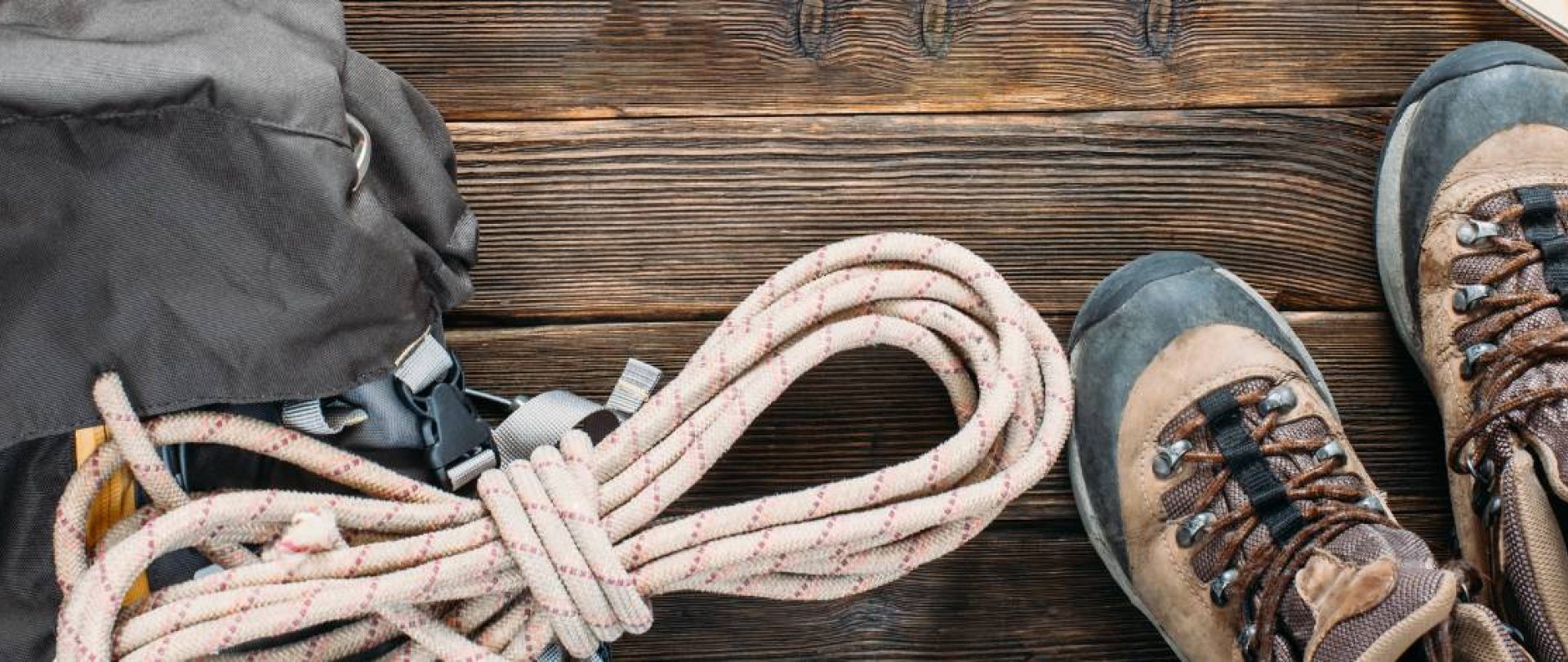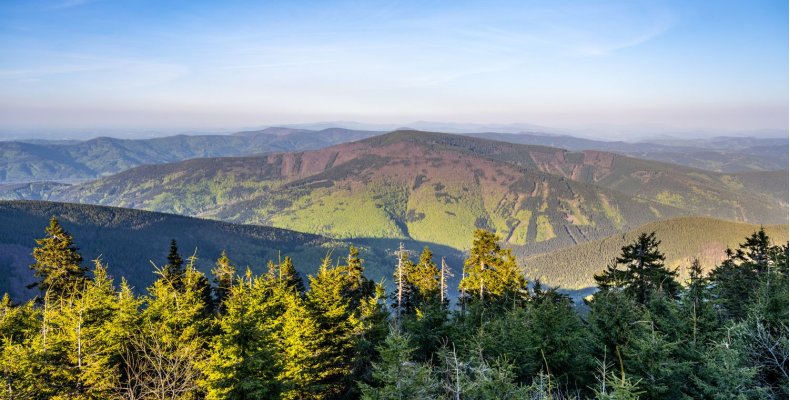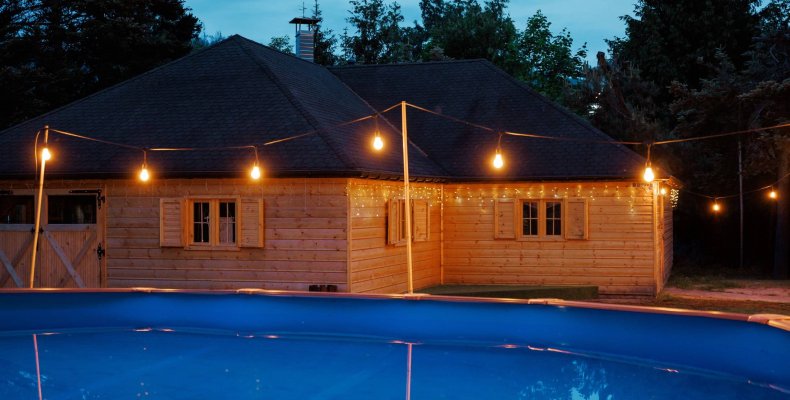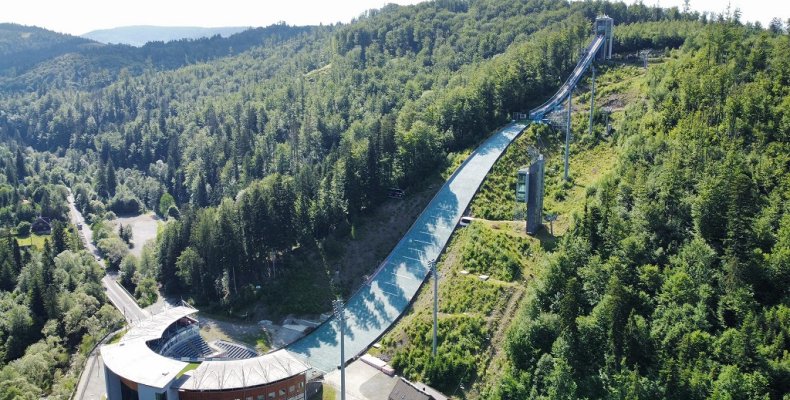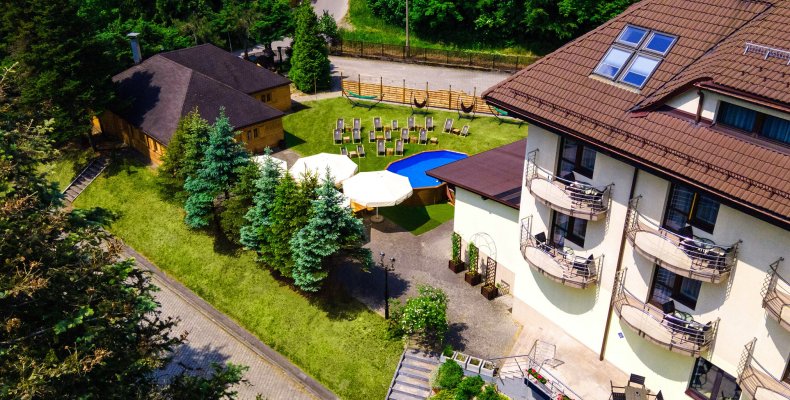How to prepare for a mountain trip? What to bring with you? These are questions that every tourist should ask themselves before embarking on a mountain trek.
The right equipment and physical readiness are important not only before heading to the Tatras but also to lower mountains like the Beskids or the Giant Mountains. What you pack in your backpack depends on the season, weather forecast, and your plans for spending time in the mountains. What should be in your backpack for a summer mountain trip, and what about winter? How can you ensure your safety? Take advantage of our tips.
What to Take to the Mountains?
Preparation for a mountain trip depends on the season, weather forecast, and your plans. The equipment for a hiker planning to trek mountain trails will differ from that of a tourist who prefers to admire mountain landscapes from a distance. If, for some reason, you don't want or can't conquer the peaks, you'll certainly find less demanding trails through scenic valleys or hiking routes leading to various attractions in the vicinity of your accommodation.
What to take to the mountains? For such a stroll, take a small daypack and pack water, snacks, a sweatshirt for sudden cooling, and a rain jacket. Comfortable hiking boots are essential for successful mountain hikes. On well-maintained trails, sport shoes with Vibram soles that cushion your feet from impacts on hard terrain are sufficient. For unpaved trails, hiking boots are a better choice. With such footwear, you can safely navigate forest trails, where there is often mud, protruding and slippery roots, and plenty of small and larger stones.
What to Take on a Summer Trekking Trip in the Mountains?
Packing for a summer trek in the Tatras, Beskids, or Giant Mountains depends on your hiking plans and accommodation. If you intend to stay, for example, in a hotel or guesthouse and go on day trips, bring a small backpack for water, sandwiches, a sweatshirt, a rain jacket, and other useful items.
So, what should you bring to the mountains? The equipment for summer mountain hikes includes:
- Sturdy hiking boots with a reinforced heel and a thick sole that provides grip on both rocky paths and forest trails with protruding roots.
- Tourist socks made of Merino wool or other moisture-wicking materials to prevent moisture and chafing, along with gel insoles for your shoes to minimize the risk of blisters and foot sores.
- A thermal base layer that absorbs sweat, dries quickly, and is very comfortable to wear, along with comfortable hiking pants, preferably with detachable legs.
- A fleece sweater or a softshell jacket and a rain jacket for unexpected rain or cooling – it's worth noting that mountain peaks are often cooler and windier, although in the summer, scorching sun can also be a factor.
- A head covering, such as a cap with a visor or a bandana that protects against the sun, wind, and sweat, along with sunglasses.
- Sandwiches, sweet snacks that provide energy, and water for drinking – for long hikes, a bottle with a filter that purifies water from springs and mountain streams comes in handy.
- A small first aid kit with band-aids, antiseptic, pain relievers, mosquito and tick repellent, and sunscreen.
- A charged smartphone with the mountain rescue emergency number and an offline hiking map app (many people still prefer traditional paper maps).
- Optionally, trekking poles, a camera, and binoculars, as well as equipment for recording videos.
Trekking on Long-Distance Trails – What to Remember?
If you plan to hike for several days and stay in mountain shelters, bring a large backpack with a frame and a hip belt (a capacity of around 45 liters should suffice). Pack a foam mat or sleeping bag, thermal clothing, and spare underwear, as well as dry provisions, a camping stove, and a mess kit for preparing simple meals. Other useful accessories include a flashlight, a hiking knife, cable ties (zip ties), and gel patches for blisters.
Are you planning field camping? Remember that camping in national parks and nature reserves is prohibited. Outside their boundaries, you can pitch a tent in designated areas. Many people hiking the Little Beskids Trail or the Kazimierz Sosnowski Main Beskid Trail bring hammocks and tarps for sleeping or lightweight tents. What about physical fitness preparation? If you plan to conquer mountain peaks, prepare your body in advance for the effort through regular long walks, bike rides, or workouts at the gym.
What to Take to the Mountains in Winter?
What to bring to the mountains in winter? The mountains are beautiful year-round, and in winter, they enchant with the fairytale scenery of snow-covered fir trees. Trekking on winter trails requires special preparation. Essentials include warm, insulated hiking boots for winter trekking, as well as crampons or snowshoes to prevent slipping on icy, steep paths. Clothing for winter hikes includes thermal underwear, a warm thermal sweater, waterproof hiking pants, and an insulated jacket with a hood. Equally important are a warm hat, waterproof gloves, and a scarf or neck gaiter. Gaiters for your legs and trekking poles with snow baskets are also useful. In higher mountain areas, such as Babia Góra, it's a good idea to bring an ice axe, which is used to self-arrest in case of an uncontrolled slide on packed snow.
Safety in the Mountains – Basic Rules
Regardless of the season, always check the weather forecast before heading into the mountains and, in winter, also avalanche risk assessments. Set out on the trails early in the morning and plan your route to return before evening. Adjust the trail to your physical abilities and the weather. If you are hiking in a group, match your walking pace to the capabilities of the weakest person. Leaving weaker members of the group alone on the trail or encouraging them to tackle demanding high-mountain routes is unacceptable. If the sky suggests a storm, descend from ridges and peaks, preferably to a mountain shelter or another safe place.
Also, remember that mountain forests are home to many animals. Dangerous encounters are not limited to bears but also include habituated deer (especially during the rut). Do not feed or disturb wild animals. It is forbidden to bring dogs into national parks and leave trash after eating.
Mountain Accidents – What to Watch Out For?
Mountain accidents and various misadventures that discourage further trips are usually the result of errors such as:
- Leaving marked trails due to getting lost or wanting to shorten the route.
- Getting weak on the trail due to poor physical condition, health problems, and lack of water and food.
- Falls on the trail and injuries such as sprained ankles, knee or hip strains, as well as painful blisters on the feet caused by too long a hike, improper footwear, etc.
- Frostbite, hypothermia, and getting wet due to a lack of warm, waterproof clothing.
Accidents in the mountains have always occurred and will continue to do so. However, don't let this scare you or discourage you from going on mountain trails. The mountains are beautiful year-round, and every trip – whether to the Beskids or other mountain ranges – can be successful if you prepare properly.


